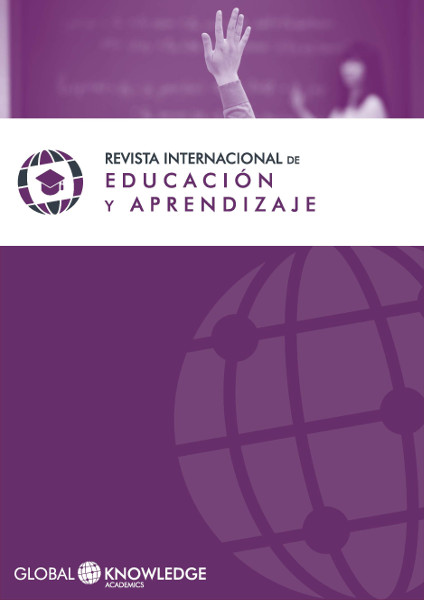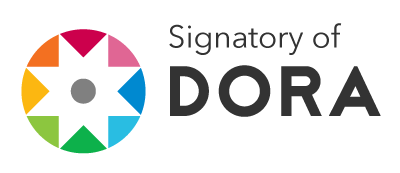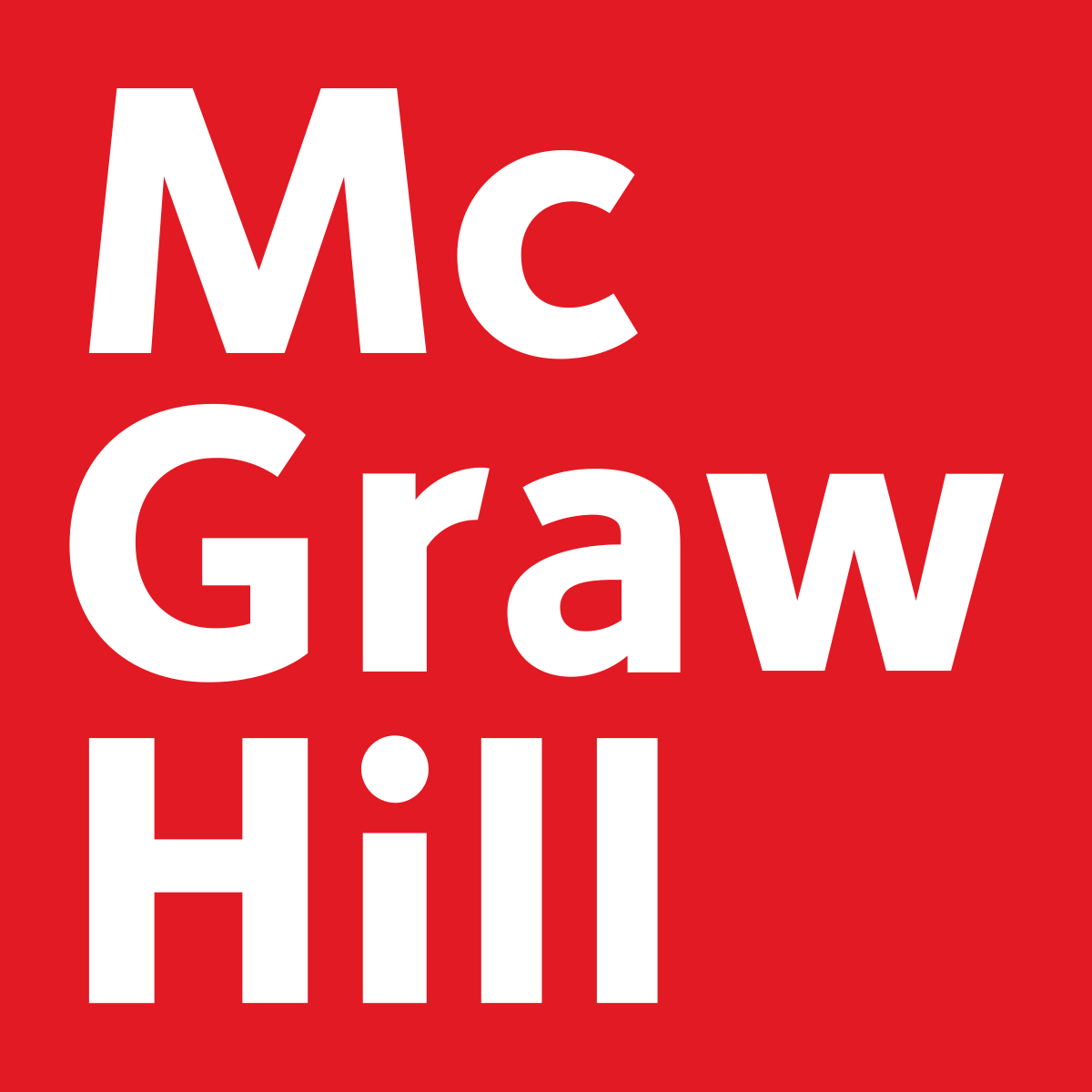The Development of Linguistic Communication Skills in First Year Grades of Kindergarten and Primary Education: A Classroom Experience at UPV/EHU
DOI:
https://doi.org/10.37467/gka-revedu.v1.630Keywords:
Oral Communication, Communicative Competence, BilingualismAbstract
In this article we intend to reflect on an experience that we have launched this course in Early Childhood Education degree in Primary Education and the E.U. of Education at the UPV/EHU. Specifically, we refer to the implementation within the new plans of the new degrees (European Higher Education Area) Early Childhood Education and Elementary and Secondary Education within the same in their first module of the course: Communicative Competence Development I. This material has the characteristic of teaching in a bilingual environment so that the development of different practices (through cooperative group work) have been of great interest to acquire greater proficiency.
Downloads
Global Statistics ℹ️
|
719
Views
|
449
Downloads
|
|
1168
Total
|
|
References
Barquín, A. y Ruiz Bikandi, U., (2007). “Hizkuntzen kudeaketa eskolan”. En X. Aierdi eta B. Uranga (ed.), Euskara, inmigrazioa eta hizkuntza eskubideak (pp. 43-48). Bilbo: Ikuspegi eta Unesco Etxea.
Basterra, A. (2009). “El Tratamiento Integrado de Lenguas en Euskadi” : http://www.slideshare. net/AnaBasterra/tratamiento-integrado-de-lenguas-en-euskadi [Consultado: 15-01-2012]
Bialysto, K. E. (2007). “Acquisition of literacy in bilingual children: A Framework for research”. Language Learnings 7, 45-77. DOI: https://doi.org/10.1111/j.1467-9922.2007.00412.x
Cambra, M., et al . (2008). “Los procesos de reflexión de los docentes y la innovación en las aulas plurilingües”. En A. Camps y M. Milian (coord.), Miradas y voces. Investigación sobre la educación lingüística y literaria en entornos plurilingües (pp. 45-60). Barcelona: Graó.
Canale, M. (1989). From Communicative Competence to Communicatice Language Pedagogy . En Richards y R. Schmidt (eds). Language and Communication . London, Longman, 1983. En Hornberger, N. Trámites and transportes. The Acquisition of Second Language Communicative Competence for One Speech Event in Puno . Perú: Oxford University Press. En Applied Linguistics 10(2). DOI: https://doi.org/10.1093/applin/10.2.214
Casalmiglia, H. y E. Tusón (1999). Las cosas del decir. Manual de análisis del discurso. Barcelona: Ariel.
Cassany, D., M. Luna y G. Sanz (1994). Enseñar lengua . Barcelona: Grao.
Castelló, M. (coord.) (2007), Escribir y comunicarse en contextos científicos y académicos: conocimientos y estrategias . Barcelona: Graó.
Castillo, S. y Cabrerizo J., (2010). Evaluación educativa de aprendizajes y competencias . Madrid: UNED-Pearson.
Chomsky, N. (1965). Aspects of the Theory of Syntaxt . Cambridge, Mass, MIT Press.
Consejo Escolar de Euskadi (2005). Informe sobre la situación de la enseñanza en la CAV. Vitoria-Gasteiz.
Cots J.M., Ibarraran, A., Irún M., Lasagabaster, D., Llurda, E. y Sierra, J.M. (2010). Plurilingüismo e interculturalidad en la escuela. Reflexiones y propuestas didácticas . Barcelona: Horsori.
Cummins, J. (2005). “La hipótesis de la interdependencia 25 años después: la investigación actual y sus implicaciones para la educación bilingüe”. En D. Lasagabaster y J. M. Sierra (eds.) Multilingüismo y multiculturalismo en la escuela . Barcelona: ICE de la Universitat de Barcelona/Horsori, 113-132.
Etxeberria, F. y U. Ruiz Bikandi, (2002). ¿Trilingües a los 4 años?. Donostia: Ibaeta Pedagogía.
EUSTAT: Estadísticas sobre enseñanza ( 2012). Gasteiz: www.eustat.net [Consultado: 15-01-2012] Garay, U. y A. Etxebarria (2010). “Irakasleen komunikazio-gaitasuna hausnarketarako gaia”, Uztaro 73, 39-48. DOI: https://doi.org/10.26876/uztaro.73.2010.3
Hirst, L.A. y Slavik, C. (1990). Cooperative Approaches to Language Learning. En Jon Reyhner (ed.), Effective Language Education Practices and Native Language Survival: Proceedings of the Ninth Annual Native American Language Issues Institute (pp. 133-42). Choctaw, OK: Native American Language Issues.
Iriondo, N. (2009). Idatziz idatzi . Donostia: Erein.
Ikuspegi (2008). Las lenguas de los inmigrantes en el País Vasco. Vitoria-Gasteiz: Observatorio Vasco de la Inmigración.
Lasagabaster, D. y J.M. Sierra, eds. (2005). Multilingü.smo, competencia lingü.stica y nuevas tecnologías . Barcelona: ICE-Horsori.
Montolio, E. (coord.) (2009), Manual práctico de escritura académica , Barcelona: Ariel.
Noguerol, A. (2008). “El tratamiento integrado de las lenguas en el marco europeo”. Textos , 47.
Ruiz Bikandi, U. y A. Tusón Valls (2008). “El Tratamiento Integrado de Lenguas”. Textos 47.
Sainz, M. (2003). “Hezkuntza: eleaniztasuna eta kulturaniztasuna. Irakaslearen eginkizuna eta gaitasunak”. http://www.mugak.eu/gunea/arauak/edu/iri/hez [Consultado: 15-01-2012]
Sánchez Miguel, E. (1999). Los textos expositivos: estrategias para mejorar su comprensión, Madrid, Santillana.
Solé, I. (2006). Estrategias de lectura , Barcelona: Grao.
Vázquez, G. (coord.) (2001), El discurso académico oral , Madrid: Edinumen.
Vilá I Santasusana, M. (coord.) (2005). El discurso oral formal: contenidos de aprendizaje y secuencias didácticas , Barcelona: Grao.
Vila, I., Siqués, C. y Roig, T. (2006). Llengua, escola i inmigració: un debat obert . Barcelona: Graó.
Zabaltza, X. (2007). “Inmigrazioa eta eskubide linguistikoak”. En X. Aierdi y B. Uranga (ed.) Euskara, inmigrazioa eta hizkuntza eskubideak (pp. 59-62). Bilbo: Ikuspegi eta Unesco Etxea.
Downloads
Published
How to Cite
Issue
Section
License
Those authors who publish in this journal accept the following terms:
-
Authors retain copyright.
-
Authors transfer to the journal the right of first publication. The journal also owns the publishing rights.
-
All published contents are governed by an Attribution-NoDerivatives 4.0 International License.
Access the informative version and legal text of the license. By virtue of this, third parties are allowed to use what is published as long as they mention the authorship of the work and the first publication in this journal. If you transform the material, you may not distribute the modified work. -
Authors may make other independent and additional contractual arrangements for non-exclusive distribution of the version of the article published in this journal (e.g., inclusion in an institutional repository or publication in a book) as long as they clearly indicate that the work was first published in this journal.
- Authors are allowed and recommended to publish their work on the Internet (for example on institutional and personal websites), following the publication of, and referencing the journal, as this could lead to constructive exchanges and a more extensive and quick circulation of published works (see The Effect of Open Access).













